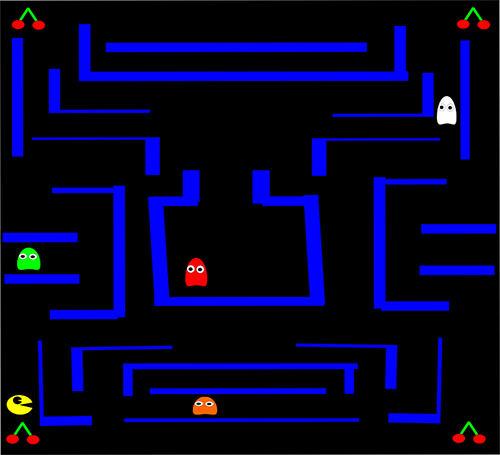Caffe2 and PyTorch join forces to create a Research + Production platform PyTorch 1.0
We’d like to share the plans for future Caffe2 evolution. Publicly open-sourced over a year ago, Caffe2 is a light-weight and modular framework that comes production-ready with ultimate scaling capabilities for training and deployment. Its mobile capabilities (Caffe2go) support all major generations of hardware and power one of the largest deployments of mobile deep learning with more than 1 billion devices. Over the past year, we worked with many industry partners to add Caffe2 support for their platform and guaranteed the best possible performance regardless of the platform you run on.
At Facebook, where Caffe2 originates, we support both PyTorch and Caffe2 for the wide range of AI use cases. The main focus of Caffe2 development has been performance and cross-platform deployment whereas PyTorch has focused on flexibility for rapid prototyping and research.
In practice, any deep learning framework is a stack of multiple libraries and technologies operating at different abstraction layers (from data reading and visualization to high-performant compute kernels). Over the past year we saw more components of Caffe2 and PyTorch being shared (e.g. gloo, NNPACK, etc). Also, with our investment into interoperability, we built deep integration between frameworks using the shared ONNX model format.
We realized that in order to deliver the best user experience, it makes sense to combine the beneficial traits of Caffe2 and PyTorch into a single package and enable a smooth transition from fast prototyping to fast execution. It’d also improve our developer efficiency by more easily utilizing a shared set of tools.
Caffe2 and PyTorch projects are merging. Over the next few months, we’re planning to deeply integrate components of the frameworks and effectively unite them as a single package. It will combine the flexible user experience of the PyTorch frontend with scaling, deployment and embedding capabilities of the Caffe2 backend. Following is the high-level outline of the plan.
